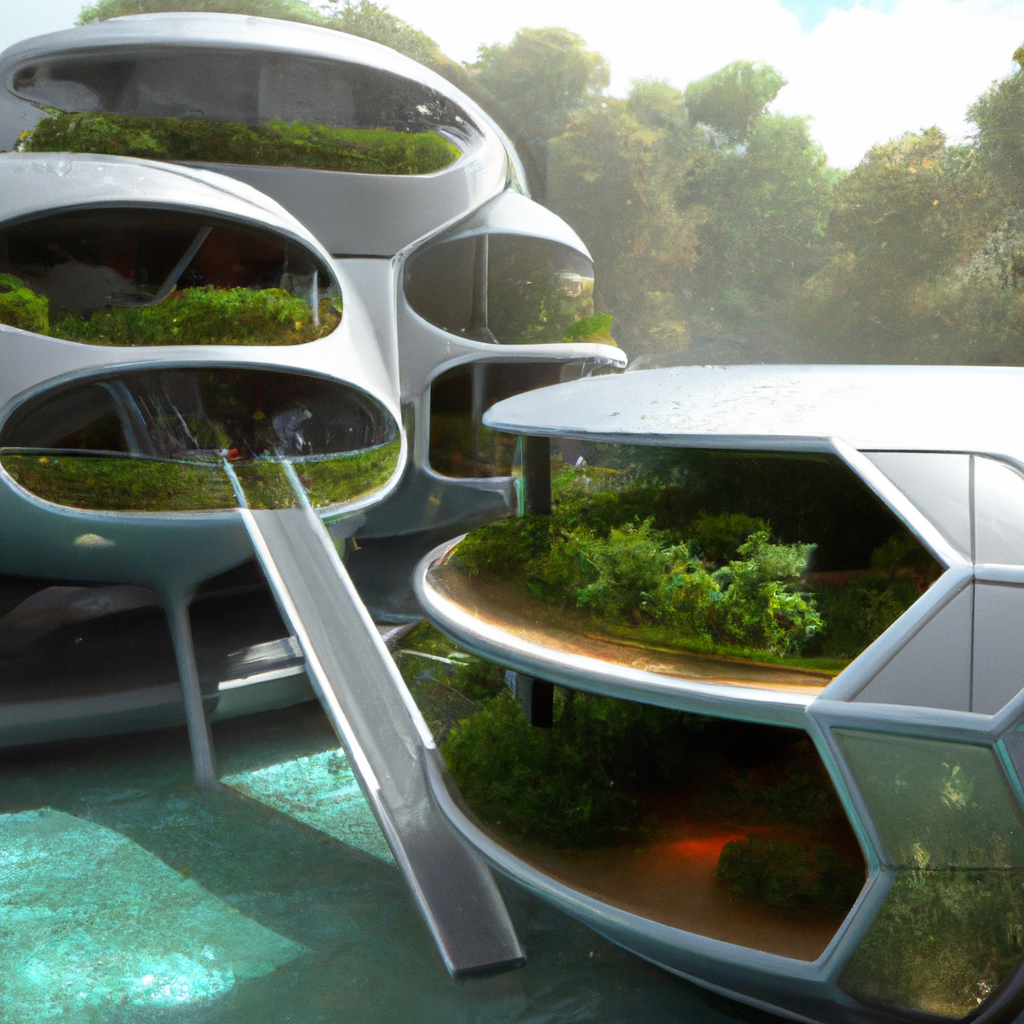
The Art of Cannabis Farming: Cultivating Nature’s Green Gold




Cannabis farming is an art that has been perfected over centuries. The practice involves growing, nurturing, and harvesting the cannabis plant, which has been used for medicinal and recreational purposes. Over the years, cannabis has become an important part of many cultures and traditions, and its popularity continues to grow. In this article, we will explore the art of cannabis farming, from its history to best practices, and legal regulations.
Nature’s Green Gold: A Brief History
Cannabis has been used for thousands of years for various purposes, including medicine, spirituality, and recreation. Its origins can be traced back to Central Asia, where it was used by ancient civilizations such as the Scythians and the Thracians. Cannabis was introduced to Europe in the 5th century by the Germanic tribes and later spread to other parts of the world, including Africa and the Americas. Today, cannabis is grown in various countries for both medicinal and recreational use.
Understanding the Cannabis Plant
Cannabis is a complex plant with over 100 different compounds, including cannabinoids and terpenes. The two most well-known cannabinoids are tetrahydrocannabinol (THC) and cannabidiol (CBD), which have different effects on the body. THC is the compound responsible for the psychoactive effects of cannabis, while CBD has numerous medicinal benefits, including pain relief and reducing anxiety. Understanding the properties of the cannabis plant is essential for effective cultivation.
Choosing the Right Strain for Your Farm
There are numerous strains of cannabis, each with its unique properties and effects. When selecting a strain for your farm, you must consider various factors, such as climate, soil type, and intended use. Some strains are better suited for outdoor cultivation, while others thrive indoors. Additionally, some strains are better for medicinal use, while others are ideal for recreational purposes. Choosing the right strain is crucial for a successful grow operation.
Cultivating Cannabis: Best Practices
Cultivating cannabis requires meticulous planning, attention to detail, and patience. The process involves preparing the soil, germinating seedlings, and ensuring proper lighting, ventilation, and temperature. Best practices for cannabis farming include proper nutrition, pest control, and pruning. Additionally, it is crucial to monitor the plants and make adjustments as needed to ensure optimal growth and yield.
Harvesting and Drying Your Crop
Harvesting and drying your cannabis crop requires careful planning and precision. Timing is critical, and the buds must be harvested at the right time to maximize potency and yield. After harvesting, the buds must be dried and cured to ensure proper flavor and aroma. Proper drying techniques involve hanging the buds in a dry, cool, and dark place with proper ventilation.
Navigating Legal Regulations
Cannabis farming is subject to various legal restrictions, depending on the country or state. It is crucial to understand the regulations in your area, including licensing, zoning, and compliance with safety standards. Failure to comply with regulations can result in fines, penalties, and even criminal charges.
Marketing Your Cannabis: Tips and Tricks
Marketing your cannabis crop requires creativity, knowledge, and persistence. Understanding your target audience and creating a brand identity are essential for success. Additionally, it is crucial to comply with advertising regulations and establish relationships with distributors and retailers. Building a loyal customer base requires consistent quality and customer service.













